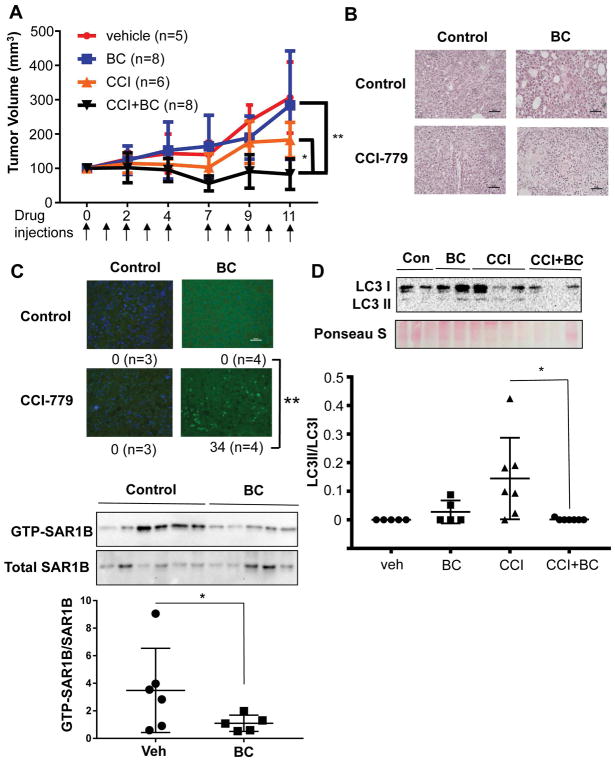Figure 6. Baicalein eliminates CCI-779 chemoresistance in patient-derived xenograft model of hepatocellular carcinoma.
A) Mice bearing human HCC were treated with vehicle (n=5), 20 mg/kg of BC (n=8), 5 mg/kg of CCI-779 (n=6) and combination of BC and CCI. Results shown are the combination of two independent treatment experiments. Mice were treated with the drugs intraperitoneally at the indicated times shown by the arrows. Tumor size was measured by a caliper. Two-way ANOVA analysis was performed with Bonferroni post-test to determine the statistical significance. B) Representative microphotographs of tumor sections stained with H&E. Scale bars represent 50 μm. C) Representative pictures of tumor sections stained by TUNEL for apoptotic cells. Pictures were taken randomly and apoptotic cells are counted from each picture. Statistic analysis was performed using the apoptotic cell numbers from tissues sections of multiple mice. One-way ANOVA analysis was performed with Bonferroni post-test to determine the statistical significance. D) Immunoblot analysis revealed that LC3II in HCC was decreased by the combination treatment, suggesting suppressed autophagosome formation. One-way ANOVA was used to calculate statistical significance. E) Active SAR1B was pulled down using GTP-agarose from tumor tissues from PDX mice treated vehicle or BC and CCI-779. Densitometric analysis was performed and GTPSAR1B/totalSAR1B values were calculated. Student’s t-test was used to calculate statistical significance. Error bars indicate SEM of replicate measurements. **p<0.01 and *p<0.05.

